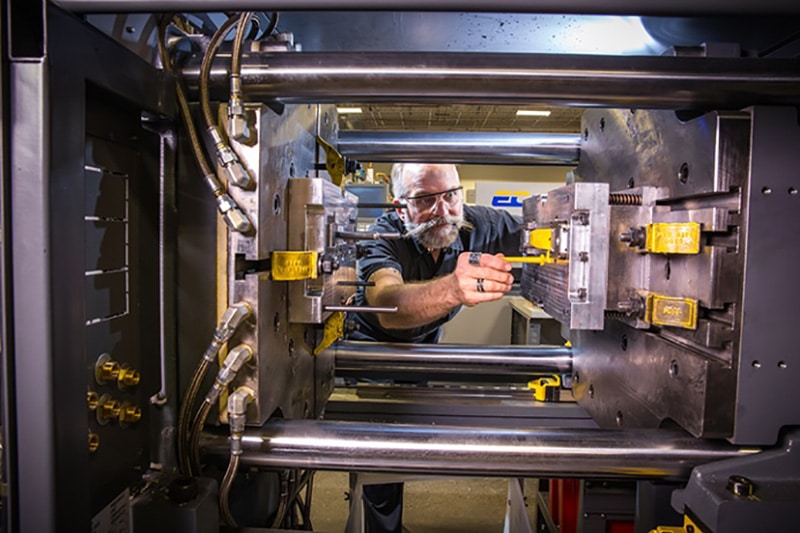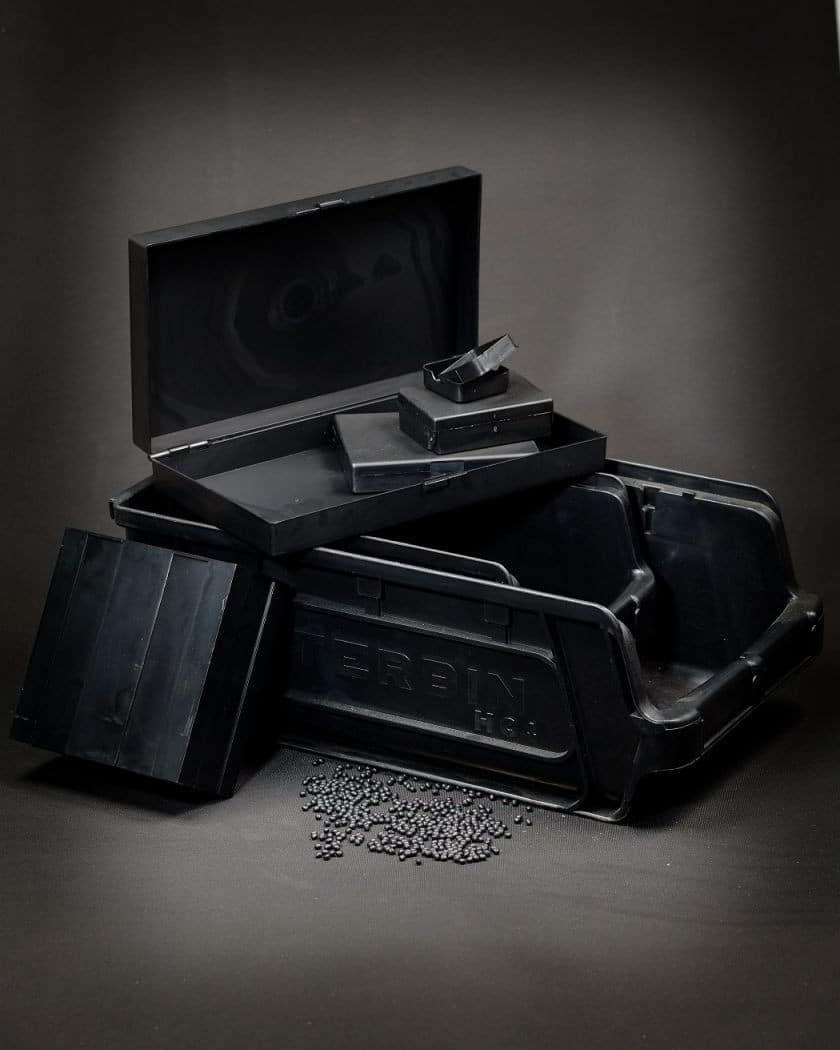The world today uses more plastics and resins than ever before, and the number of orders for parts in growing quantity is steadily rising every year. This means there is a critical demand for a way to manufacture these products in large volume very rapidly to prevent a crippling gap in supply.
Fortunately, the benefits of plastic injection molding go beyond just the fundamental matter of meeting demand with supply to encompass a host of positive qualities that make it the smartest option.
IMAGE: PEXELS
Efficiency
The use of injection molding for plastics and resins has been used for decades because it is a very efficient method of generating large amounts of duplicate pieces very rapidly. The rapid production cycles of this process have made it a standard in so many industries that the seemingly endless variety of their products can be found virtually anywhere a person looks in modern civilization.
Another advantage that enhances the efficiency of fabricating with injection is the ability to create nearly perfect finished products in a single process. This benefit alone could be enough savings to convince most analysts because it eliminates entire stages essential to finalize the offerings of competing industries.
Cost-Effectiveness
The hope of every manufacturer is to reduce the amount of overhead cost incurred during a production run. The automated plastic injection molding process allows for continuous fabrication and rapid changeover with limited workforce necessary, which means savings on labor costs by default.
This type of molding achieves waste reduction with a more precise method that only uses as much material as the goods require. Additionally, the excess material that remains after processing can, in many cases, be reclaimed and inserted back into the system to be used in subsequent pieces.
Potentially Negative Aspects Of Injection Molding
Two of the significant disadvantages to injection molding are the high tooling costs and large required lead times. Tooling is almost a project in and of itself and only one phase of the entire injection molding process.
Before you can produce an injection molded part, you first have to design and prototype a part (probably via CNC machining or 3D printing). You have to design and prototype a mold tool that can produce replicas of the part in volume. For example, check this link qmolding.com to learn more about injection molding.
Lastly, and typically after extensive testing in both of the stages mentioned above, you get to injection mold a part. As you can imagine, all of the iteration required to get the tool correct before mass production requires both time and money.
Conclusion
Injection molding services are a great technology for finished production on a massive scale. It is also useful for finalized prototypes that are used for consumer and/or product testing. Prior to this late stage in production, however, 3D printing is much more affordable and flexible for products in the early stages of design.
If you are interested in even more technology-related articles and information from us here at Bit Rebels, then we have a lot to choose from.


COMMENTS